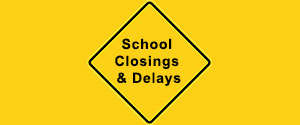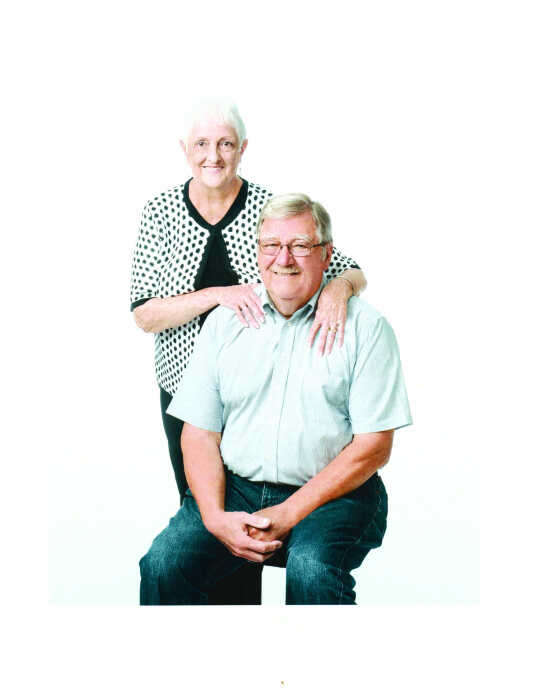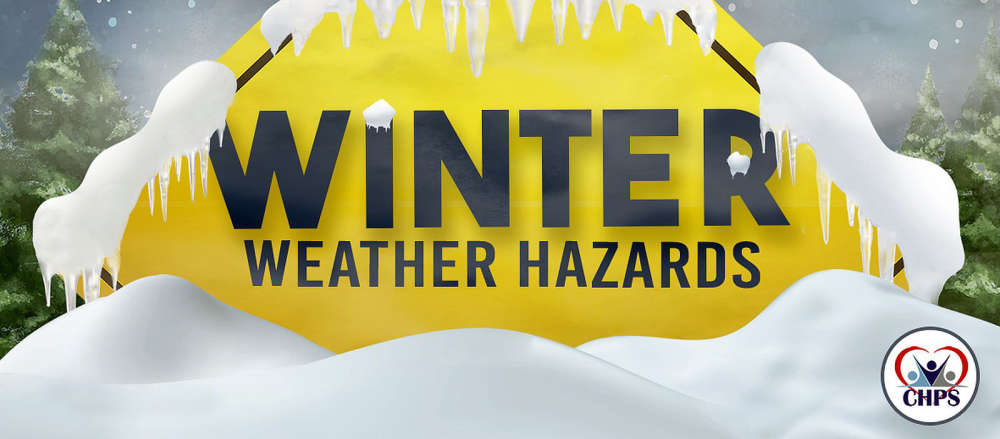
With snow predicted to fall across large portions of the midwest this weekend, the American Heart Association encourages Hoosiers to protect their hearts while shoveling snow and to seek immediate treatment if they experience any signs or symptoms of a heart attack.
Research shows that many people may face an increased risk of a heart attack or sudden cardiac arrest after shoveling heavy snow.
“Shoveling snow can be a very vigorous activity, and you’re basically doing it in a freezer,” says Dr. William Gill, a cardiologist who is president of the American Heart Association board of directors in Indianapolis. “Those conditions can very quickly lead to stress on the heart. For example, after only two minutes of snow shoveling, participants in a study had heart rates exceeding 85% of maximal heart rate, which is a level more commonly expected during intense aerobic exercise testing. The impact is hardest on those people who are least fit.”
To help make snow removal safer, the American Heart Association suggests:
Give yourself a break. Take frequent rest breaks during shoveling so you don’t overstress your heart. Pay attention to how your body feels during those breaks.
Don’t eat a heavy meal prior or soon after shoveling. Eating a large meal can put an extra load on your heart.
Use a small shovel or consider a snow thrower. The act of lifting heavy snow can raise blood pressure acutely during the lift. It is safer to lift smaller amounts more times, than to lug a few huge shovelfuls of snow. When possible, simply push the snow.
Learn the heart attack warning signs and listen to your body, but remember this: Even if you’re not sure it’s a heart attack, have it checked out (tell a doctor about your symptoms). Minutes matter! Fast action can save lives — maybe your own. Don’t wait more than five minutes to call 9-1-1
Don’t drink alcoholic beverages before or immediately after shoveling. Alcohol may increase a person’s sensation of warmth and may cause them to underestimate the extra strain their body is under in the cold.
Consult a doctor. If you have a medical condition, don’t exercise on a regular basis or are middle aged or older, meet with your doctor prior to the first anticipated snowfall.
Be aware of the dangers of hypothermia. Heart failure causes most deaths in hypothermia. To prevent hypothermia, dress in layers of warm clothing, which traps air between layers forming a protective insulation. Wear a hat because much of your body’s heat can be lost through your head.
It's also critical for people to recognize the signs of a heart attack and to call 9-1-1 immediately if they experience any of those signs.
“I can’t stress enough the urgency of getting proper treatment for a heart attack,” Dr. Gill says. “Don’t die of doubt. If you’re experiencing symptoms or something just doesn’t feel right, go get it checked out. Hospitals offer life-saving treatment.”
Heart Attack Warning Signs
Some heart attacks are sudden and intense — the “movie heart attack,” where no one doubts what’s happening. But most heart attacks start slowly, with mild pain or discomfort. Often people affected aren’t sure what’s wrong and wait too long before getting help. Here are signs that can mean a heart attack is happening:
Chest discomfort. Most heart attacks involve discomfort in the center of the chest that lasts more than a few minutes, or that goes away and comes back. It can feel like uncomfortable pressure, squeezing, fullness or pain.
Discomfort in other areas of the upper body. Symptoms can include pain or discomfort in one or both arms, the back, neck, jaw or stomach.
Shortness of breath with or without chest discomfort.
Other signs may include breaking out in a cold sweat, nausea or lightheadedness
As with men, women’s most common heart attack symptom is chest pain or discomfort. But women are somewhat more likely than men to experience some of the other common symptoms, particularly shortness of breath, nausea/vomiting, and back or jaw pain.
Calling 9-1-1 is almost always the fastest way to get lifesaving treatment. Emergency medical services (EMS) staff can begin treatment when they arrive — up to an hour sooner than if someone gets to the hospital by car. EMS staff is also trained to revive someone whose heart has stopped. Patients with chest pain who arrive by ambulance usually receive faster treatment at the hospital, too. It is best to call EMS for rapid transport to the emergency room. If you can’t access EMS, have someone drive you to the hospital right away.


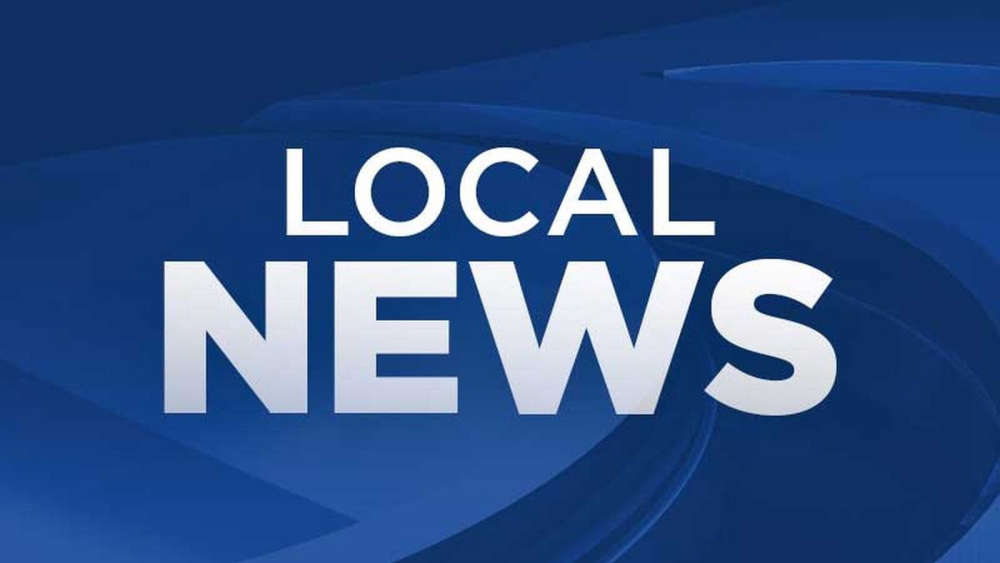 Committee working on BESS moving forward with new Marshall County plan director
Committee working on BESS moving forward with new Marshall County plan director
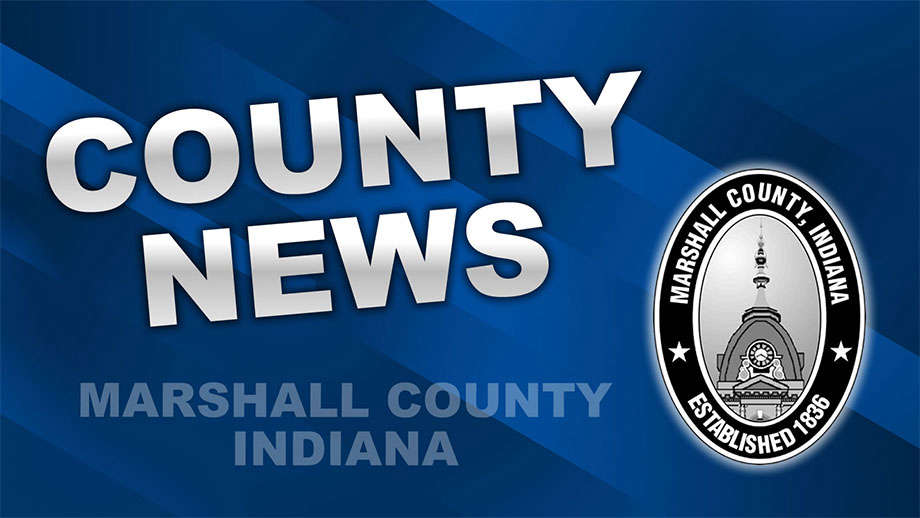 Commissioners open bids & award Community Crossing Projects
Commissioners open bids & award Community Crossing Projects
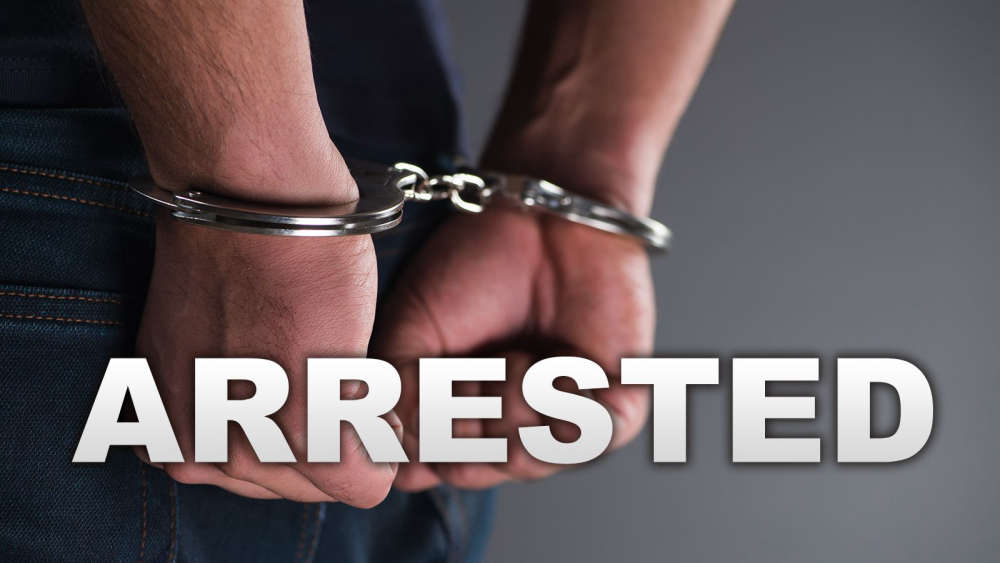 City officers arrest 2 in seprate stops, suspended with no insurance and driving without a license
City officers arrest 2 in seprate stops, suspended with no insurance and driving without a license
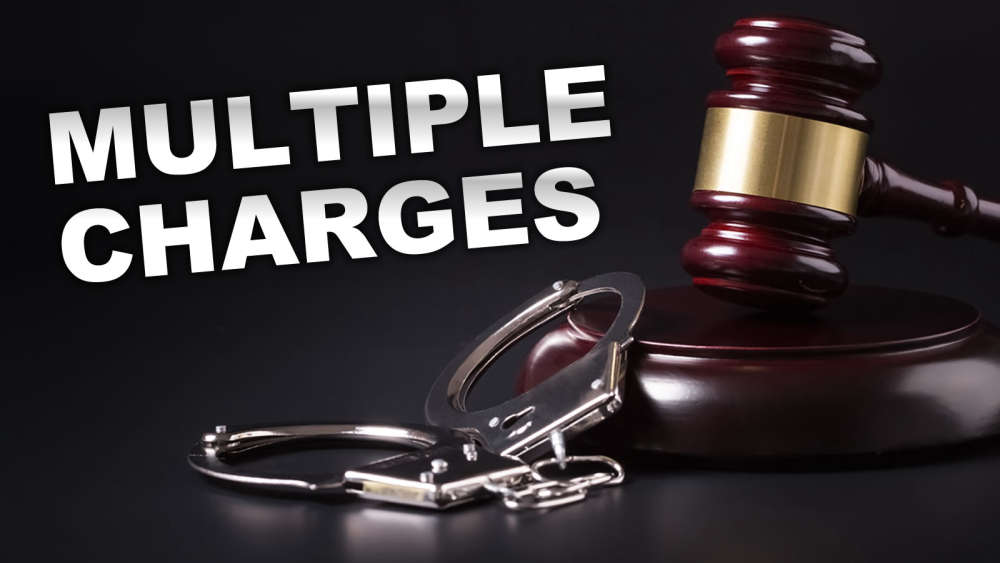 City Police South Bend man on multiple charges including Child Solicitation
City Police South Bend man on multiple charges including Child Solicitation
 County Police arrest 2 for residential entry on Union Road
County Police arrest 2 for residential entry on Union Road
 Tri Kappa Spring Student Art Show results
Tri Kappa Spring Student Art Show results
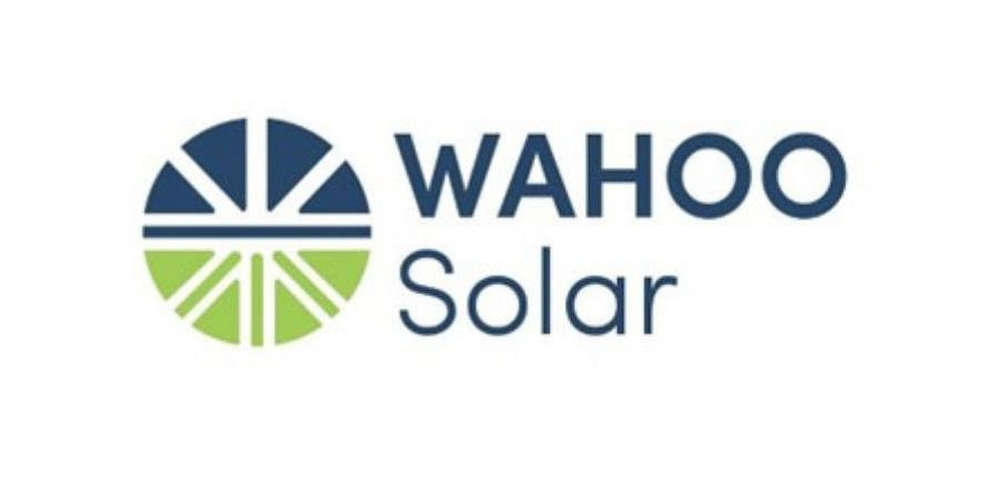 Wahoo Solar delivers over $18,000 in community grants to power recovery and resilience in Marshall County
Wahoo Solar delivers over $18,000 in community grants to power recovery and resilience in Marshall County
 County resistance plagues Indiana renewable push
County resistance plagues Indiana renewable push
